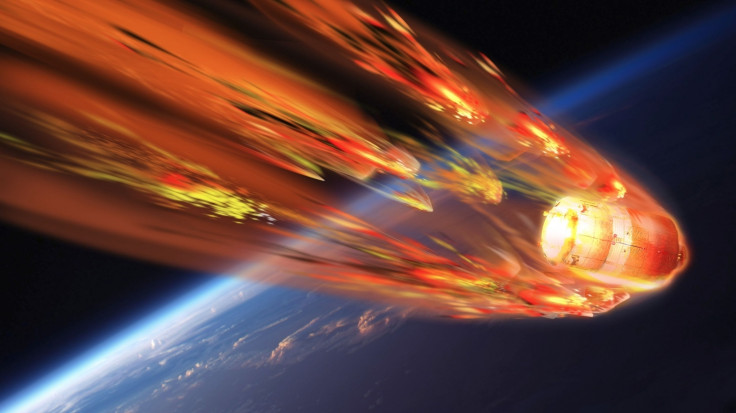China's Tiangong-1 space station will crash-land on Earth this year, but should you be worried?
The out-of-control space station is expected to crash-land on Earth in late March.

China's Tiangong-1 space station is currently on a fiery death-plunge towards Earth and is expected to crash-land onto our planet sometime in March. Parts of the out-of-control space station are expected to survive re-entry and may also likely transport a highly-toxic and corrosive substance called hydrazine. However, the falling space station may not be a major cause for concern.
Tiangong-1, fondly dubbed as the "Heavenly Palace", was launched in 2011 but China's space agency lost contact with the 8.5 tonne space station in 2016. Although it is nearly impossible to predict when and exactly where the space station will hit Earth, experts have previously suggested that Tiangong-1 may crash in mid-to-late March, somewhere between 43° North and 43° South latitudes.
Satellites and space stations falling to Earth is not a new phenomenon and is rarely a major cause for concern because, in most cases, these objects are small enough and designed in such a way as to burn-up safely during re-entry into the atmosphere. However, Tiangong-1's massive size means that parts of the space station may make it through re-entry intact.
According to Aerospace.org, around 10-40% of the satellite is expected to survive re-entry – this amounts to around 2,000 to 8,000 pounds of debris. The remnants of the space station could plummet to Earth at speeds between 30km/hr to 300 km/hr, depending on the size and weight.
The chances of anyone being actually hit by the falling debris is infinitesimal – less than one in one trillion. So far, only one person has reportedly been struck by debris from a spacecraft. In 1997, Lottie Williams of Tulsa, Oklahoma, was hit by a six inch-long metal fragment from a Delta II rocket.
Tiangong-1 isn't the only space station to plummet to its death and crash onto Earth. In 1979, Nasa's very first space station, SkyLab, broke into pieces and crashed in Australia. In 2001, Russia's massive 134-tonne Mir space station became the largest spacecraft to fall to Earth, breaking up safely over the Southern Pacific ocean. More recently, in 2012, Russia's Phobos-Grunt spacecraft, which was intended to fly to Mars, crashed into the Pacific Ocean.






















